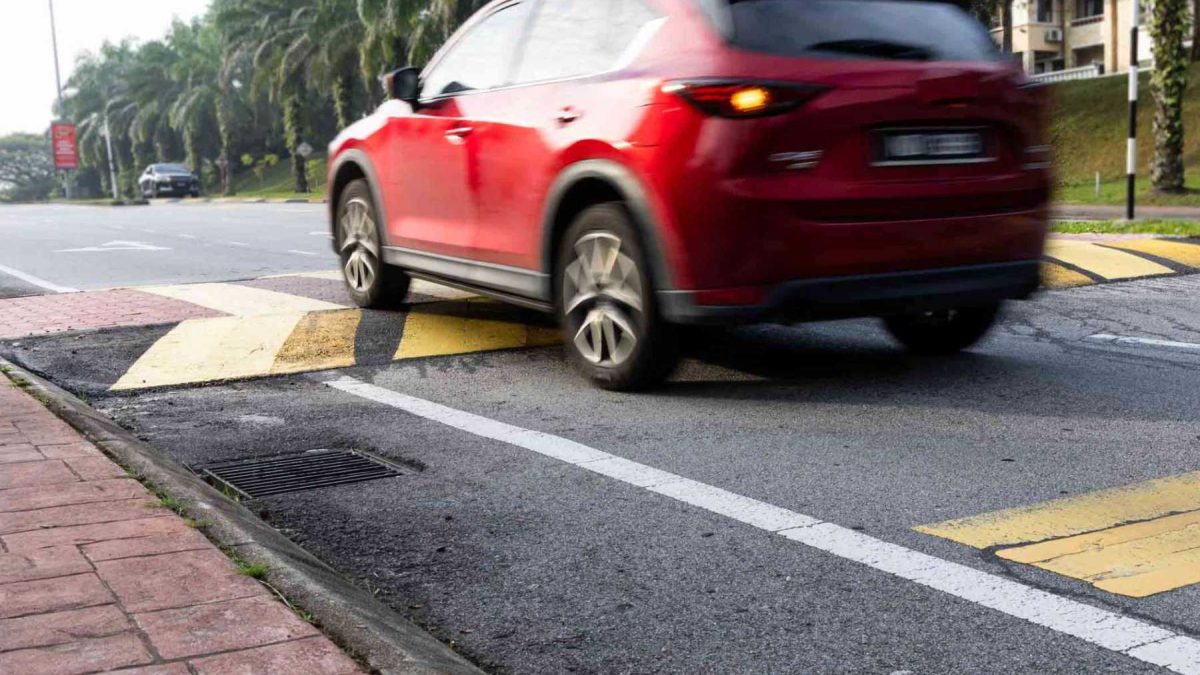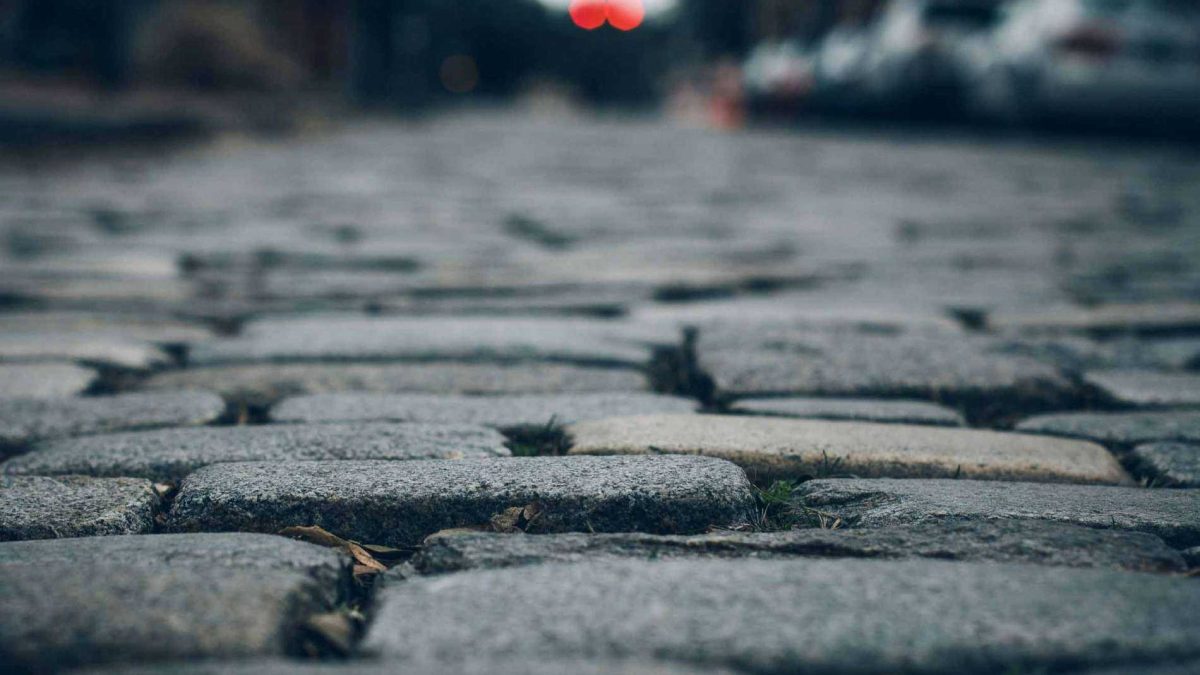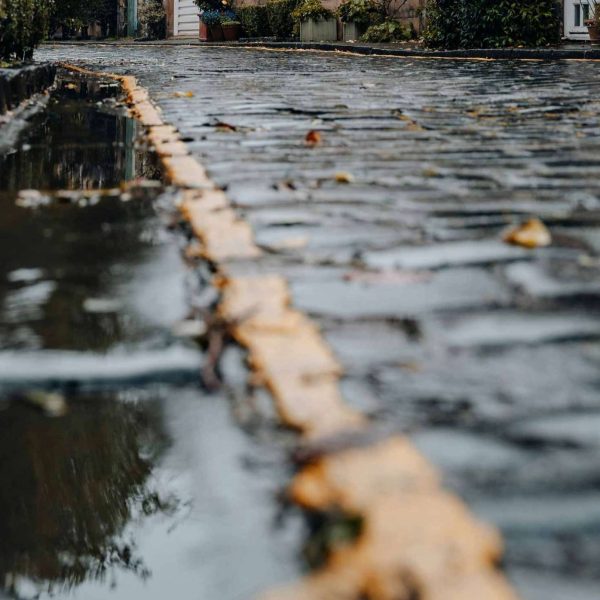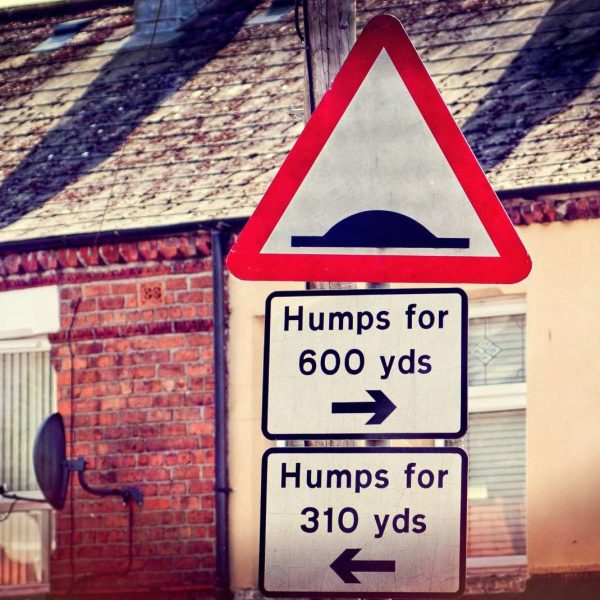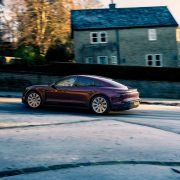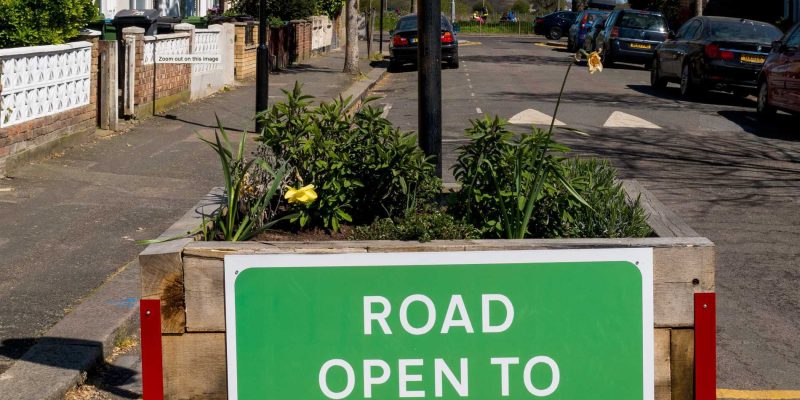
How Speed Tables Saved My Neighbourhood
As a traffic calming expert, I’ve spent countless hours studying the impacts of various road safety measures. But nothing prepared me for the profound transformation I witnessed in my own neighbourhood when speed tables were installed. This is my personal account of how these unassuming structures not only enhanced safety but also revitalised our community.
The Problem: A Dangerous Street
I live in a charming part of the UK, where narrow streets wind through rows of historic houses. Despite the picturesque setting, our neighbourhood had a serious problem: speeding cars. The main road running through our area had become a shortcut for commuters, leading to dangerously high speeds and a slew of near-misses with pedestrians and cyclists. For years, residents voiced their concerns, but it seemed like no one was listening.
A Personal Crusade for Safety
As someone deeply invested in traffic calming solutions, I felt compelled to take action. I gathered data on traffic speeds, documented incidents, and organised community meetings. We needed a solution that would slow down traffic without disrupting the historic charm of our streets. After much deliberation and consultation with local authorities, we decided to advocate for the installation of speed tables.
The Installation of Speed Tables
Speed tables, unlike their more aggressive counterparts – speed bumps – offer a gradual rise and fall, making them less jarring for drivers while still effectively reducing speed. Their broader surface also makes them suitable for accommodating emergency vehicles and cyclists. Importantly for us, they could be designed to blend seamlessly with our cobbled streets.
When the day finally came for the installation of the speed tables, there was a palpable sense of anticipation and scepticism. Would these structures really make a difference? The local council used Quicksetts fast setting cobbles, ensuring the installation was completed swiftly with minimal disruption. This efficiency was particularly appreciated in our busy, tightly-knit community.
The Immediate Impact
The change was almost immediate. Cars that once sped through our streets at reckless speeds now slowed to navigate the new speed tables. The risk of accidents dropped significantly, and pedestrians felt safer crossing the road. The tactile feedback provided by the cobbled surface ensured that drivers remained aware and cautious, especially during peak hours when children were walking to and from school.
What surprised me most was the positive reception from the community. Residents who had initially been sceptical about the speed tables began to notice the difference. The speed tables not only improved safety but also reduced noise pollution, as cars no longer screeched and roared down our road. The cobbled design of the tables added a quaint charm, blending perfectly with our historic surroundings.
Revitalising the Community
The introduction of speed tables did more than just slow down traffic; it revitalised our neighbourhood. With the streets safer, more residents felt comfortable walking and cycling. Children could play outside without the constant fear of speeding cars. The local park saw an increase in visitors, and community events became more frequent as people felt more connected and secure.
The speed tables also fostered a sense of community pride. We had come together to address a critical issue and had succeeded in making our streets safer and more beautiful. The collaboration between residents, local authorities, and traffic experts like myself demonstrated the power of community action and the importance of thoughtful urban planning.
A Model for Other Neighbourhoods
Our experience with speed tables has turned our neighbourhood into a model for other areas facing similar issues. We have hosted several delegations from nearby towns, eager to see our traffic calming measures in action. The success of our speed tables has sparked conversations about the broader implementation of similar solutions across the city.
Reflecting on this journey, I am filled with pride and satisfaction. Speed tables saved my neighbourhood, transforming it from a dangerous thoroughfare into a safe, vibrant community. This personal testament is a reminder that effective traffic calming measures can have profound impacts on safety and quality of life. It’s not just about slowing down cars; it’s about fostering a sense of security and community.
For anyone facing similar challenges, I wholeheartedly recommend considering speed tables. They are a practical, aesthetically pleasing solution that brings tangible benefits. Our experience shows that with the right approach and community effort, we can reclaim our streets and make them safer for everyone.
Overcoming Opposition to Speed Tables in My Community
In my time I’ve encountered numerous challenges in implementing road safety measures. However, none were as personally impactful as the resistance I faced when advocating for speed calming tables in my own community. This is a story of perseverance, education, and the eventual triumph of safety over scepticism.
A Community at Risk
Nestled in a picturesque part of the UK, my neighbourhood was grappling with a serious issue: speeding. The main road cutting through our area had become a fast lane for drivers looking to bypass traffic, putting pedestrians, cyclists, and even other drivers at risk. There had been several near-misses and minor accidents, and it was clear something needed to be done.
Proposing a Solution
Drawing on my professional experience, I knew that speed tables could provide an effective solution. Unlike speed bumps, which can be harsh and disruptive, speed tables offer a smoother rise and fall, slowing vehicles without the jarring impact. Moreover, they could be designed to blend aesthetically with our historic streets, maintaining the charm of our community.
With data in hand and a plan in mind, I presented the idea to our local council and at a series of community meetings. While some residents were immediately supportive, others were wary. Concerns ranged from the potential noise and disruption during installation to doubts about the effectiveness and necessity of speed tables.
Facing Opposition
The opposition was more intense than I anticipated. Long-time residents worried that the installation would alter the character of our neighbourhood. Business owners feared that construction would drive away customers. Drivers complained that speed tables would slow them down and create inconvenience. The resistance was rooted in a fear of change and a preference for the status quo, despite the evident dangers of speeding.
Building a Case
To address these concerns, I embarked on a campaign to educate and engage the community. I organised additional meetings, where I presented case studies from other areas that had successfully implemented speed tables. I invited experts and residents from these areas to share their positive experiences and firsthand benefits.
I also gathered more data, conducting surveys and studies to show the extent of the speeding problem and the potential impact of speed tables. Visual aids, such as before-and-after photos from similar projects, helped illustrate how speed tables could be integrated seamlessly into our streets without detracting from their aesthetic appeal.
Engaging with the Community
Engagement was key. I took the time to listen to every concern and address them with empathy and facts. For the business owners, I highlighted how quick-setting cobbles from Quicksetts could minimise disruption during installation, ensuring that the work could be completed swiftly and efficiently. For residents worried about aesthetics, I showcased design options that would enhance, rather than detract from, our community’s historic charm.
I also organised walkabouts, where residents could see potential sites for the speed tables and envision how they would fit into the landscape. These hands-on experiences helped demystify the process and alleviate fears.
Turning the Tide
Slowly but surely, opinions began to shift. As more residents understood the benefits and saw the careful planning behind the proposal, support grew. Key endorsements from local leaders and respected community members further bolstered the cause.
When the day finally came for the council vote, the room was packed with supporters wearing badges that read, “Safer Streets for All.” The proposal passed, and plans for the speed tables were set in motion.
The Installation and Its Aftermath
The installation, using Quicksetts fast-setting cobbles, was completed with remarkable speed and minimal disruption, just as promised. The immediate reduction in speeding was noticeable, and the community quickly began to see the benefits.
Children could cross the street more safely, cyclists felt more secure, and even drivers appreciated the smoother, safer flow of traffic. Businesses reported no negative impact, and many even saw an increase in foot traffic as the area became safer and more pleasant to walk around.
Reflecting on the Journey
Looking back, the journey to overcoming opposition to speed tables in my community was challenging but incredibly rewarding. It taught me the importance of persistence, education, and community engagement. By addressing concerns head-on and involving residents in the process, we transformed scepticism into support and created a safer, more cohesive community.
Conclusion: Embracing Positive Change
Change is often met with resistance, especially when it disrupts the familiar. However, by fostering open dialogue, providing clear evidence, and showing empathy towards concerns, we can overcome opposition and implement measures that significantly improve our communities.
Speed tables have not only calmed traffic in my neighbourhood but have also united us in a common goal of safety and betterment. This experience reinforces my belief that with the right approach, we can turn resistance into acceptance and create urban spaces that are both safe and beautiful. Let this story be a testament to the power of community action and the positive impact of thoughtful, well-implemented traffic calming measures.



